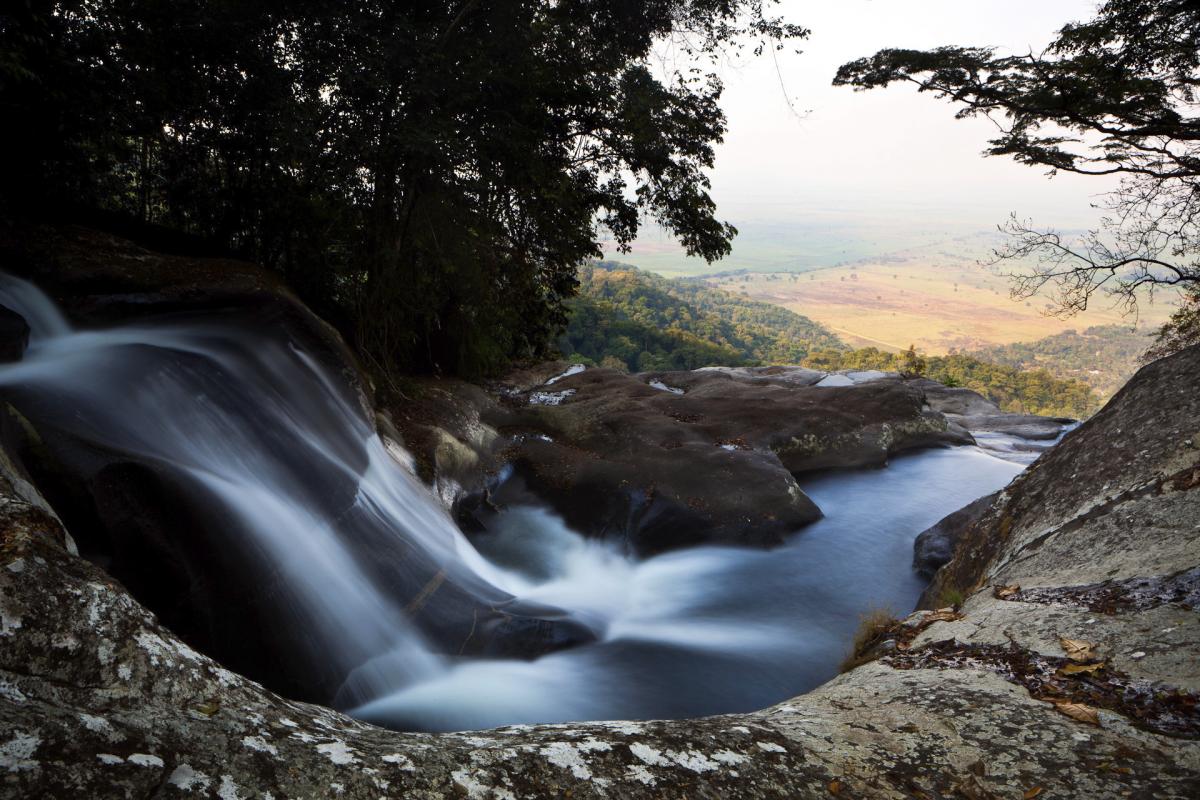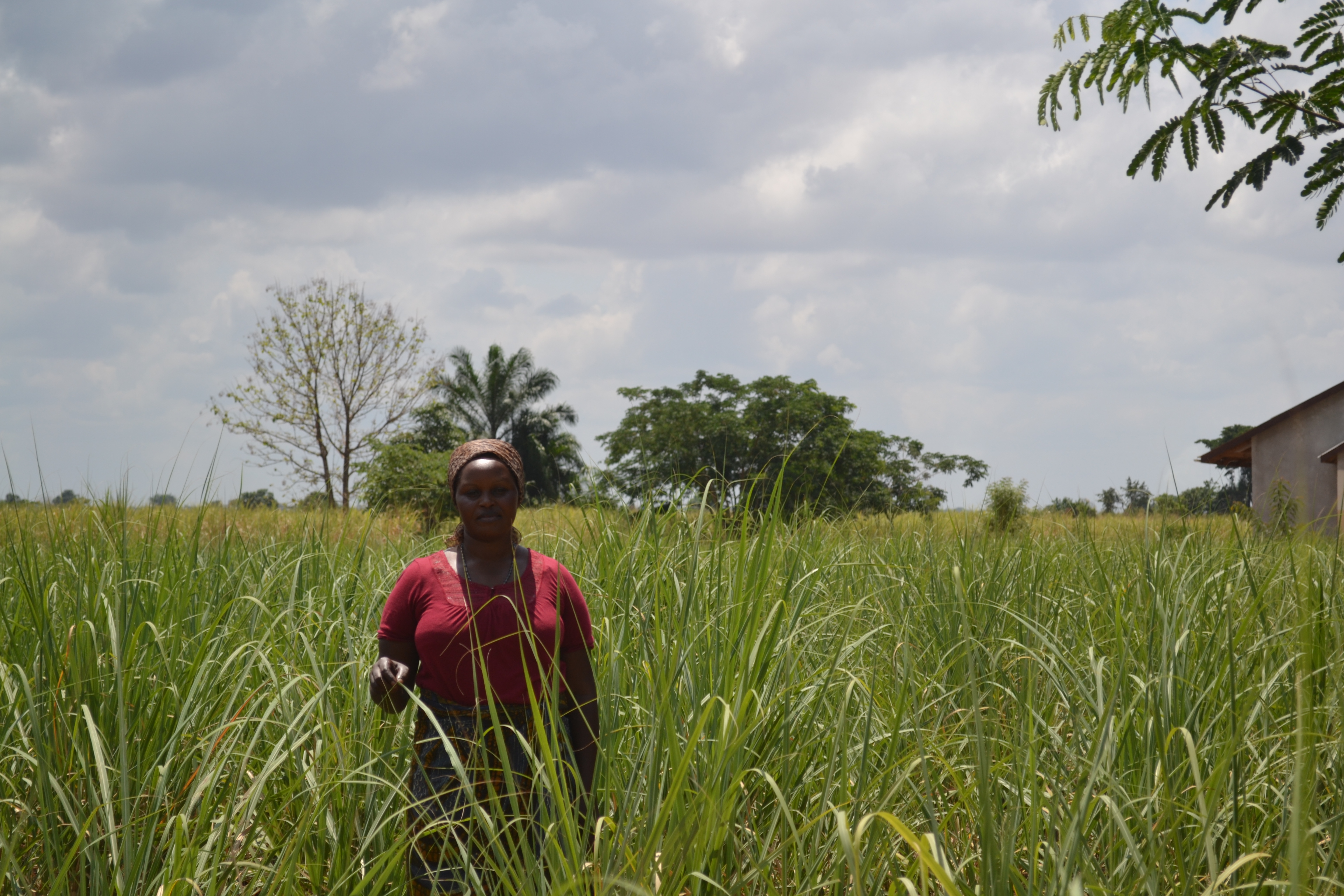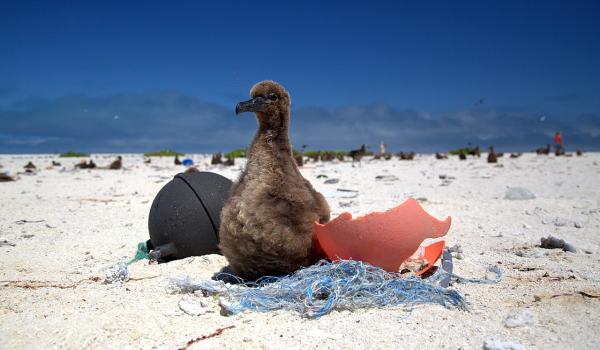Three landscape conservation projects converge in the Kilombero Valley
Kilombero Valley in Tanzania is an area of high biodiversity – including a Ramsar listed wetland – that is under ever-increasing human pressure. It is also part of the Southern Agricultural Growth Corridor of Tanzania (SAGCOT), a public-private partnership initiated through the World Economic Forum to improve agricultural productivity, investment, food security and livelihoods in this high-potential development corridor. This is the story of three recent IUCN projects converging in this valley to make progress on sustainable development, local governance and conservation.

Photo: © Benjamin Drummond
Three IUCN projects in one valley
In the wake of the growth corridor initiative in Kilombero, IUCN designed the Sustainability and Inclusion Strategy for Growth Corridors in Africa (SUSTAIN-Africa) programme. SUSTAIN works in SAGCOT (and in another corridor in Mozambique) to promote sustainable growth.
SUSTAIN was designed as an umbrella under which new and existing initiatives would converge. It, therefore, opened the door to two more specific IUCN-led projects focusing on local governance issues, the Stabilizing Land Use Project (PLUS), and on private sector landscape restoration opportunities, the Restoration in Supply Chains project (RESUPPLY). PLUS focused on improving the inclusiveness and efficacy of governance systems in and around Kilombero Valley. In contrast, RESUPPLY made use of the commercial connections made by SUSTAIN to develop a business case for forest landscape restoration (FLR) within the sugarcane supply chain (Kilombero Sugar Company). All three projects encourage a landscape approach toward inclusive natural resource governance, water security, biodiversity, private sector engagement and sustainable livelihoods.
Synergies across four themes
Landscape governance
Landscape governance was the primary vehicle for achieving PLUS objectives, bringing into fruition ideas conceived by SUSTAIN of a framework for optimising land uses in the landscape. The most significant outcome of PLUS is the improvement of natural resource governance through the establishment of two inclusive governance structures, namely, the Integrated Kilombero Landscape Multi-Stakeholder Platform and Kilombero Catchment Forum. Key public and private stakeholders within and outside the Kilombero Valley regularly convene to address landscape issues. They have crafted and adopted a landscape vision and sectoral strategies as a result. The collective and inclusive nature of the multi-stakeholder platform is used by RESUPPLY to ensure that stakeholders are actively involved in the restoration process and in determining priority restoration areas and actions. Moreover, PLUS partnered with the National Land Use Planning Commission to introduce an integrated landscape management approach to village land-use planning.
Water security
The degradation of water resources is a critical challenge in the valley, and SUSTAIN implemented a river restoration and buffer zone protection programme along the Lukosi River. Moreover, it helped develop the Tanzania River Scoring System, a bottom-up citizen science method, to assess the health of the Mchombe River. PLUS complemented this work by establishing and capacitating fundamental water governance structures with the Rufiji Basin Water Board – Water User Associations, Kilombero Catchment Committee and Kilombero Catchment Forum. Through the forum, a management plan for the catchment was developed.
Biodiversity conservation
PLUS partnered with Tanzania Forest Conservation Group to establish 60m buffer zones in previously encroached areas and assisted in strengthening conservation commitments by village governments through the signing of 20 agreements to protect Udzungwa forest nature reserves. The project also helped strengthen the capacity of village governments and village the natural resource committee in sustainably managing Village Land Forest Reserves and Wildlife Management Areas.
Kilombero Valley is an important wildlife corridor, particularly for elephants. SUSTAIN worked with Southern Tanzania Elephant Program to initiate the process to restore a blocked/ encroached elephant corridor to help reduce the human-elephant conflict prevalent in the valley. It also promoted the use of beehives and honey production as alternative livelihoods for those living in elephant corridor areas to reduce conflict. Moreover, it increased local engagement in conservation through the multi-stakeholder platform leading to villages postponing land claims and granting land to the Magombera Nature Reserve, which is a crucial part of the elephant corridor.
SUSTAIN also supported Reforest Africa to develop plans for passive and active forest restoration, and RESUPPLY is engaging with smallholder farmers to identify opportunities for FLR. FLR interventions will not only enhance biodiversity conservation but also restoration objectives such as improving food and water security, soil fertility and climate resilience.
Private sector relationships
SUSTAIN fostered new investments and business partnerships with private companies such as Kilombero Sugar Company. In partnership with Tanzania Agricultural Research Institute, SUSTAIN helped develop a sustainable sugarcane training manual, farmer field schools and demonstration plots to deploy a climate-smart sugarcane variety that has dramatically increased yields. In addition, the Kilombero Multi-Stakeholder Platform brought the private sector into land planning dialogues, identifying areas of collaboration that benefit both people and nature. Finally, through RESUPPLY, IUCN works directly with the sugar company and its smallholder producers to develop nature-based solutions for landscape restoration within the supply chain and explore bankable investments in FLR.
Sustainable livelihoods
Working to influence the development of SAGCOT, SUSTAIN engaged with the SAGOT Centre and had an instrumental role in the development of the Inclusive Green Growth Toolkit. The toolkit was developed to operationalise SAGCOT inclusive green growth principles for actors operating in the corridor. It also partnered with Farm Radio International to air programming on best practices for sustainable land and water management for smallholder farmers. Moreover, it trained extension workers and farmers on agronomy, climate-smart agriculture, new value chains and farming as a business. It also improved natural resource management by introducing integrated landscape management into their macro-level planning. Through landscape restoration, RESUPPLY aims to increase the sustainability and resilience of the sugarcane supply chain, which has a significant direct and indirect economic influence on the valley, potentially affecting the livelihoods of over 6,000 growers.
 Photo: IUCN / Maria Ana Borges
Photo: IUCN / Maria Ana Borges
Opportunities
The Kilombero Valley offers many exciting opportunities to advance nature-based solutions for sustainable land and ecosystem management. Firstly, RESUPPLY aims to leverage FLR to enhance or strike a balance among livelihoods security, biodiversity, water supply and governance of natural resources. Those whose livelihoods depend on natural resources from the valley, including private land-based companies, will benefit. For example, by working with local partners such as the Kilombero Sugar Company and the African Wildlife Foundation, there is the opportunity to scale up Climate Smart Agriculture practices to increase the resilience of both smallholder farmers and the sugarcane supply chain.
Private companies can increase their long-term resilience to changes in the landscape and simultaneously contribute to their sustainability commitments. Through demonstrating this within the sugarcane supply chain, RESUPPLY will be influential in promoting sustainable landscape investments that are based on nature-based solutions for restoration. Moreover, due to the multiple benefits, there is the opportunity to bring together both private and public entities to invest in FLR.
Secondly, the designation of Kilombero as a Special Planning Zone will direct more financial and human resources to the valley to develop and implement land-use plans and to increase efforts for the resolution of land-use conflicts. That, coupled with the Kilombero Landscape Multi-Stakeholder Platform, may lead to more landscape challenges being addressed. The platform will be capitalised upon by other projects such as the GEF 7 Food System, Land Use and Restoration Programme by led by WWF as a way to help tackle these landscape challenges.
Finally, downstream of the Kilombero Valley, the Nyerere Hydropower Dam is currently under construction. It will be the largest hydropower plant in East Africa. The Kilombero Valley will supply 65% of the water for the dam. This project raises catchment conservation projects to ensure water security and mitigation of the risks the dam may pose to both biodiversity and local livelihoods.
By working with, and understanding local stakeholders, SUSTAIN, RESUPPLY, and PLUS have all demonstrated that the landscape approach to natural resource governance can benefit both people and nature within the Kilombero Valley. The diversity in their achievements demonstrates the potential that is there for nature-based solutions to address both conservation and development issues across a quickly-changing landscape.
-Web story by Eleanor Moore, IUCN Forest Conservation Programme Intern
More reading: SUSTAIN Progress Report (2020)

